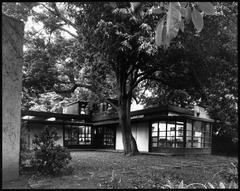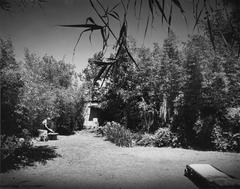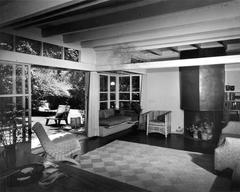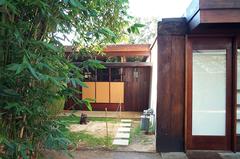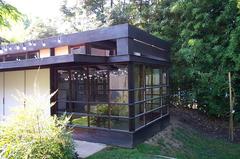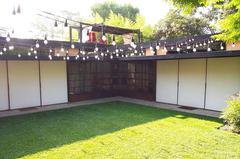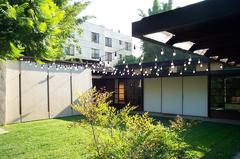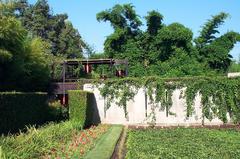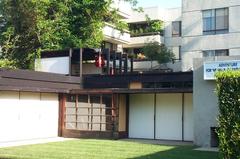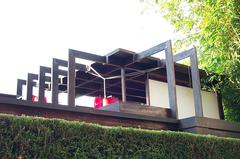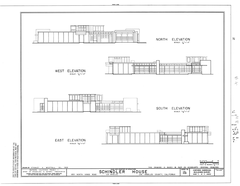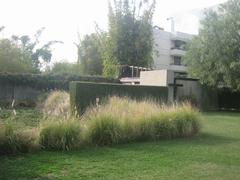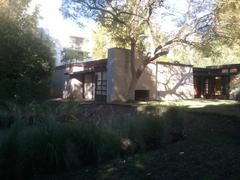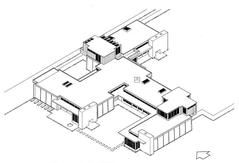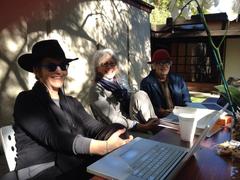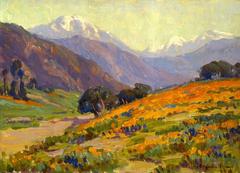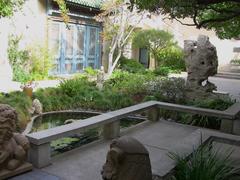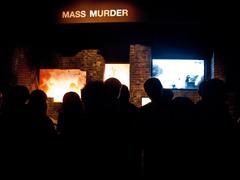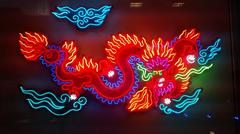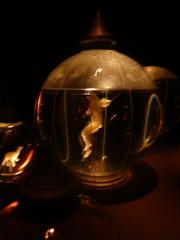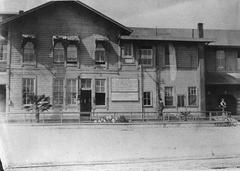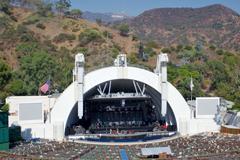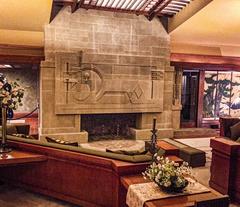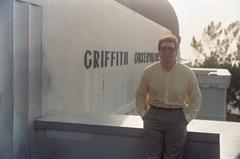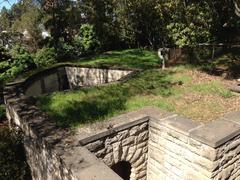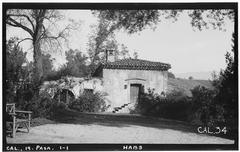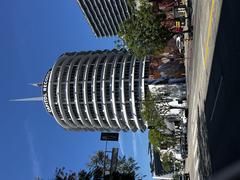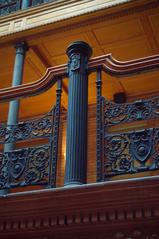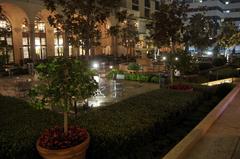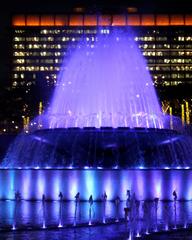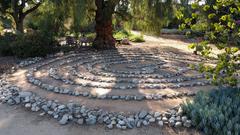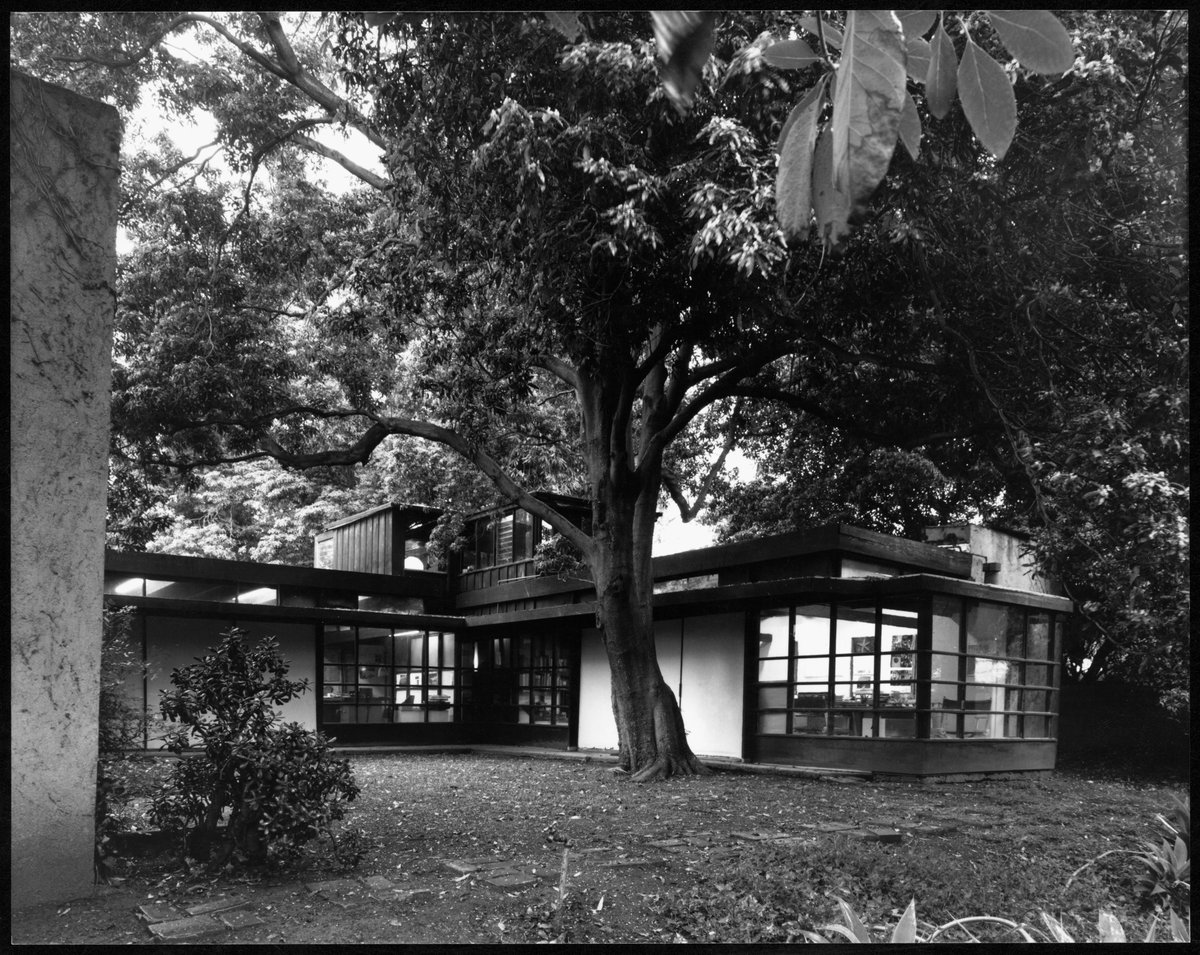
Visiting Melrose and Harper in Los Angeles: A Comprehensive Guide
Publication Date: 24/07/2024
Introduction to Melrose and Harper
Did you know that two of Los Angeles’ most iconic streets, Melrose Avenue and Harper Avenue, offer a unique blend of history, culture, and architectural beauty? Whether you’re a history buff, an architecture enthusiast, or simply looking for a vibrant place to visit, these avenues have something for everyone. In this comprehensive guide, we’ll dive into their rich histories, architectural significance, cultural impact, and provide practical visitor information to enhance your experience.
Melrose Avenue, stretching from East Hollywood to the border of West Hollywood and Beverly Hills, has long been a cultural and commercial hub. The avenue rose to prominence in the 1980s as an underground cultural center, known for its eclectic mix of vintage shops, chic restaurants, and vibrant street art (Time Out). In contrast, Harper Avenue has a more residential and architectural significance. Named after Charles Franklin Harper, it is part of the Harper Avenue Historic District, renowned for its period revival styles, including Spanish Colonial Revival and Churrigueresque architecture, which were popular in the 1920s and 1930s (LA Street Names).
This guide will take you through the architectural marvels and cultural landmarks of both avenues, exploring notable buildings like Casa Granada and El Mirador, and highlighting the vibrant street art and comedy clubs that make Melrose Avenue a dynamic canvas for creativity. We’ll also provide practical visitor information, including travel tips, nearby attractions, and economic insights, ensuring you have everything you need for an unforgettable visit to these iconic Los Angeles streets.
Contents Overview
- Introduction
- Origins and Development
- Melrose Avenue
- Harper Avenue
- Architectural Significance
- Cultural Impact
- Visitor Information
- Melrose Avenue
- Harper Avenue
- Economic Evolution
- Social Dynamics
- Preservation Efforts
- FAQ
- Conclusion
- Stay Up to Date
Origins and Development
Melrose Avenue
Melrose Avenue, stretching from East Hollywood to the border of West Hollywood and Beverly Hills, has long been a cultural and commercial hub. The avenue rose to prominence in the 1980s as an underground cultural center, known for its eclectic mix of vintage shops, chic restaurants, and vibrant street art (Time Out).
Harper Avenue
Harper Avenue, on the other hand, has a more residential and architectural significance. Named after Charles Franklin Harper, the avenue is part of the Harper Avenue Historic District, renowned for its period revival styles, including Spanish Colonial Revival and Churrigueresque architecture, which were popular in the 1920s and 1930s (LA Street Names).
Architectural Significance
The Harper Avenue Historic District includes notable buildings like Casa Granada, Casa Real, and El Mirador. Casa Granada, built in 1929, is famous for its elaborate staircase and gated courtyard, and was once home to Hollywood stars like Joe E. Brown (Jordan Gassner Travel Blog). Casa Real, constructed in 1931, features Mediterranean Revival architecture with beautiful iron ornamentation and vintage lampposts (Jordan Gassner Travel Blog). El Mirador, another significant building, has a complex history and was once home to Jean Harlow (Jordan Gassner Travel Blog).
Cultural Impact
Melrose Avenue is home to numerous murals, many of which are part of the Melrose Arts District. These murals are frequently updated, making the area a dynamic canvas for street art (LA Guide). The Hollywood Improv, located on Melrose, is an iconic comedy club that has hosted seasoned veterans and up-and-coming comedians alike (LA Guide).
Harper Avenue has also contributed to the cultural fabric of Los Angeles. The historic district’s elegant apartment buildings were designed to attract Hollywood stars, adding to the area’s allure (West Hollywood Preservation Alliance).
Visitor Information
Melrose Avenue
- Visiting Hours: Melrose Avenue is accessible 24/7, but individual shops and restaurants have varying hours.
- Ticket Prices: Entry to Melrose Avenue is free, but specific attractions like the Hollywood Improv may have entry fees.
- Travel Tips: Wear comfortable shoes for walking and explore the many vintage shops and street art spots.
- Nearby Attractions: The Grove shopping center, Los Angeles County Museum of Art (LACMA).
Harper Avenue
- Visiting Hours: The Harper Avenue Historic District can be explored at any time, but guided tours may have specific hours.
- Ticket Prices: Free to explore the district. Some guided tours might have fees.
- Travel Tips: Bring a camera to capture the beautiful architecture and historic buildings.
- Nearby Attractions: Sunset Strip, West Hollywood Design District.
Economic Evolution
Melrose Avenue evolved from an underground cultural scene to a commercial powerhouse, featuring a mix of vintage stores, brand-name fashion imports, and inventive restaurants (Time Out). Harper Avenue’s economic history is closely tied to its architectural development, driven by the early motion picture industry (West Hollywood Preservation Alliance).
Social Dynamics
Melrose Avenue has always been a melting pot of cultures, attracting a diverse crowd with its eclectic mix of shops, restaurants, and entertainment venues (LA Guide). Harper Avenue offers a different social experience with its historic architecture and residential charm (Jordan Gassner Travel Blog).
Preservation Efforts
Both avenues have benefited from preservation efforts. The Harper Avenue Historic District was designated in 1992, ensuring the protection of its period revival buildings (West Hollywood Preservation Alliance). Melrose Avenue’s cultural landmarks have also been preserved and celebrated (LA Guide).
FAQ
- What are the visiting hours for Melrose Avenue? Melrose Avenue is accessible 24/7, but individual shops and restaurants have varying hours.
- Are there guided tours available on Harper Avenue? Yes, some guided tours are available and may have specific hours and fees.
Conclusion
The historical background of Melrose Avenue and Harper Avenue offers a fascinating glimpse into the evolution of Los Angeles. From their architectural significance to their cultural impact, these avenues have played a crucial role in shaping the city’s identity. Preservation efforts continue to protect their unique charm, ensuring that future generations can appreciate their rich history. Whether you’re exploring the vibrant street art of Melrose or the elegant architecture of Harper, these avenues offer a memorable experience that captures the essence of Los Angeles.
Stay Up to Date
For more tips and updates on exploring Los Angeles, download our mobile app Audiala, check out other related posts, or follow us on social media!
